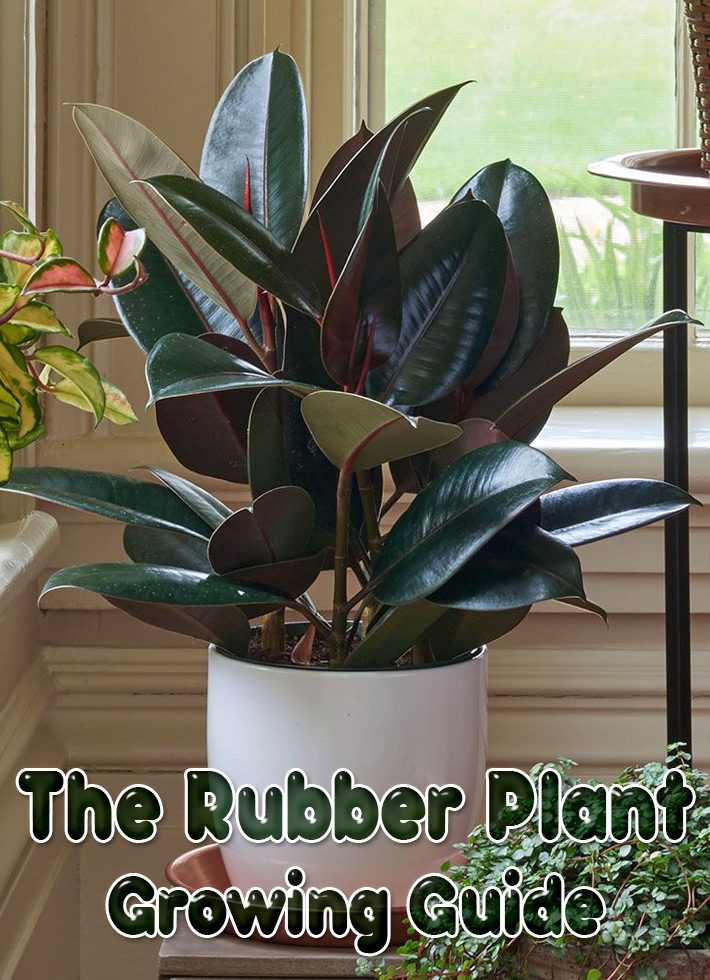
The Rubber Plant could be the houseplant for you if you want a tough plant which can reach staggering heights within a few years. While its size can still be tamed some what, you have to keep in mind it will eventually require a certain amount of space.
The common name comes from the “rubber” sap that oozes out of the leaves and woody stems if they are scratched or cut. There is often so much of it, that there is a drip factor which you need to be careful with. Also the milky latex is not particularly pleasant to humans or pets if taken internally and it’s an irritant to the eyes and skin so treat it carefully.
On the plus side, Dr Wolverton ranks the Rubber Plant as one of the very best houseplants to clean the air. It also scores really well with resistance to pests and diseases and has a high transpiration rate which increases the humidity of the room it lives in.

Ficus elastica Robusta
The true latin name for this plant is Ficus elastica, however the traditional early versions have generally been replaced by more modern cultivars and closely related varieties. For this reason you might find the plant labeled as Ficus robusta (which as the name suggests is much more robust and hardy), other highlights include the compact Decora, and the almost black leaved Black Prince.
You may also come across some of the variegated types, these are harder to come by because they are trickier to keep looking great in homes as they need good light levels, however look out for Doescheri which has pink and purple flushes in the leaves.
Rubber Plant Care Instructions
- Light: Grow away from continuous direct sunlight, instead give your Rubber Plant a well lit spot with some indirect sun if possible. With the all green types you will get away some shade, but too much and the plant will become lanky and spindly. If you have a variegated type you have to provide the first requirement. If you opt for shade you will lose the markings.
- Watering: Rubber plants love water when they are growing, but not too frequently. Water them really well once the soil has dried out quite a bit, then wait until it dries out again. You should not let a Rubber Plant sit in water, so after 30 minutes if there is still water remaining in the drip tray, pour it away. In Winter scale back to keeping the soil just moist.
- Humidity: It’s worth misting the leaves from time to time when the air is very dry, but other than that you don’t need to worry about humidity levels.
- Feeding: To produce those massive leaves the Rubber Plant needs feeding. Little and often is best, a weak feed every couple of watering’s during Spring and Summer. As with usual feeding rules, don’t fertilise in Winter, or recently repotted and new plants for a good 3 to 6 months.
- Temperature: The Rubber Plant will be quite happy to grow in a broad range of temperatures between 10°C / 50°F to 29°C / 85°F. If you go hotter, the leaves will lose some of their turgid appearance. You can go as low as 4.5°C / 40°F in Winter if you have to, but your watering must be spot on. At this temperature you will kill the plant quickly if you have over watered.
- Repotting: These plants grow quite big even if their pots are tiny. However there will still come a point where the growth will stop. You then have two choices, either move to a bigger pot which will get the plant growing again, or leave it where it is and top dress instead. Top dressing involves scrapping off the top few inches of soil and replacing with fresh compost.
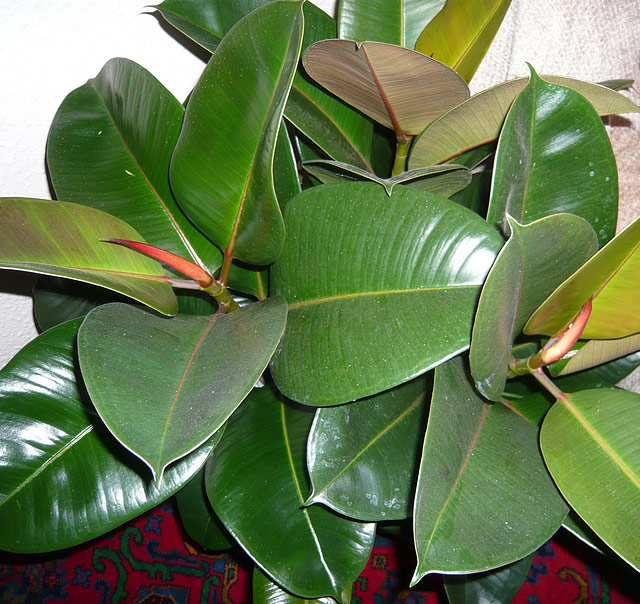
Ficus elastica
- Propagation: We’ve never propagated a this plant, firstly because one in a home is almost always enough and secondly they are really cheap to go out and buy. However we have it on good authority that propagating a Rubber Plant is easy using the below method. If you give it a go let us know how it works out! You need a piece of stem, (often a growing tip), it needs to be about 4-6 inches (10-15 cm) long. Remove all of the leaves bar one. If the sap is oozing wait until it stops (usually within 30 minutes) and then wash it off gently, before planting the stem in either gritty compost or perlite. The growing media needs to be kept moist, in a warm spot with indirect sunlight. Best results are obtained using bottom heat or doing it during Summer.
- Speed of Growth: Growth of your Rubber Tree Plant can probably be described as moderately fast. Many owners Summer their plants outdoors which they feel encourages a rapid surge of new leaves. Don’t over do the sun exposure though and watch out for wet Summers. During Winter and plants which are incredibly pot bound won’t grow.
- Height / Spread: The end height and spread depends on a few care variables and if you have read this entire page you will know what they are already. However to summarize, Rubber Plants in good conditions, big pots and with no pruning can achieve upwards of 9ft / 3M. Poor conditions, small pots or regular pruning will result in a shorter plant. The spread is controlled by your choice of whether to prune or not. If you don’t, the central growing stem will race for the ceiling unheeded giving a more narrow slender tree looking effect. If you constantly cut / prune this off, new growing tips will form which will create a branched style, resulting in a wider and more bushy plant. In any event it won’t spread wider than around 3ft / 1M.
- Flowers :Ficus is part of the Fig family which as a general rule do not have bright, striking or fragrant flowers. You may get small fig like fruits on mature plants, but a Rubber Plant is chosen for the foliage rather than any possible flowers. Although new leaves do emerge from a colorful sheath which is often red.
Anything Else?
Dust is the biggest problem for indoor Rubber Plants. You will need to rub them over every couple of months with a damp cloth to keep them looking great. Leaf shine products can also be used for a glossy finish..


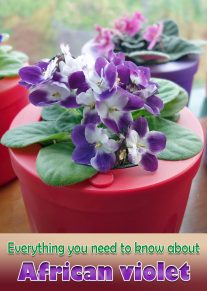
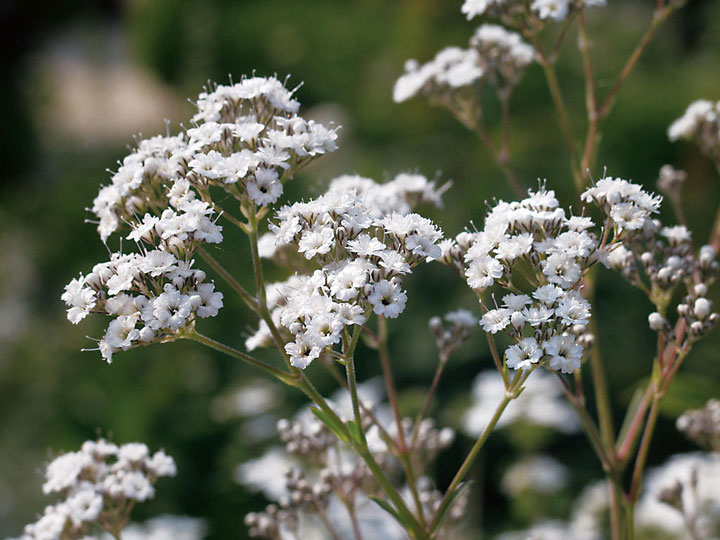
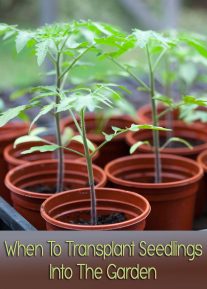
Leave a Reply